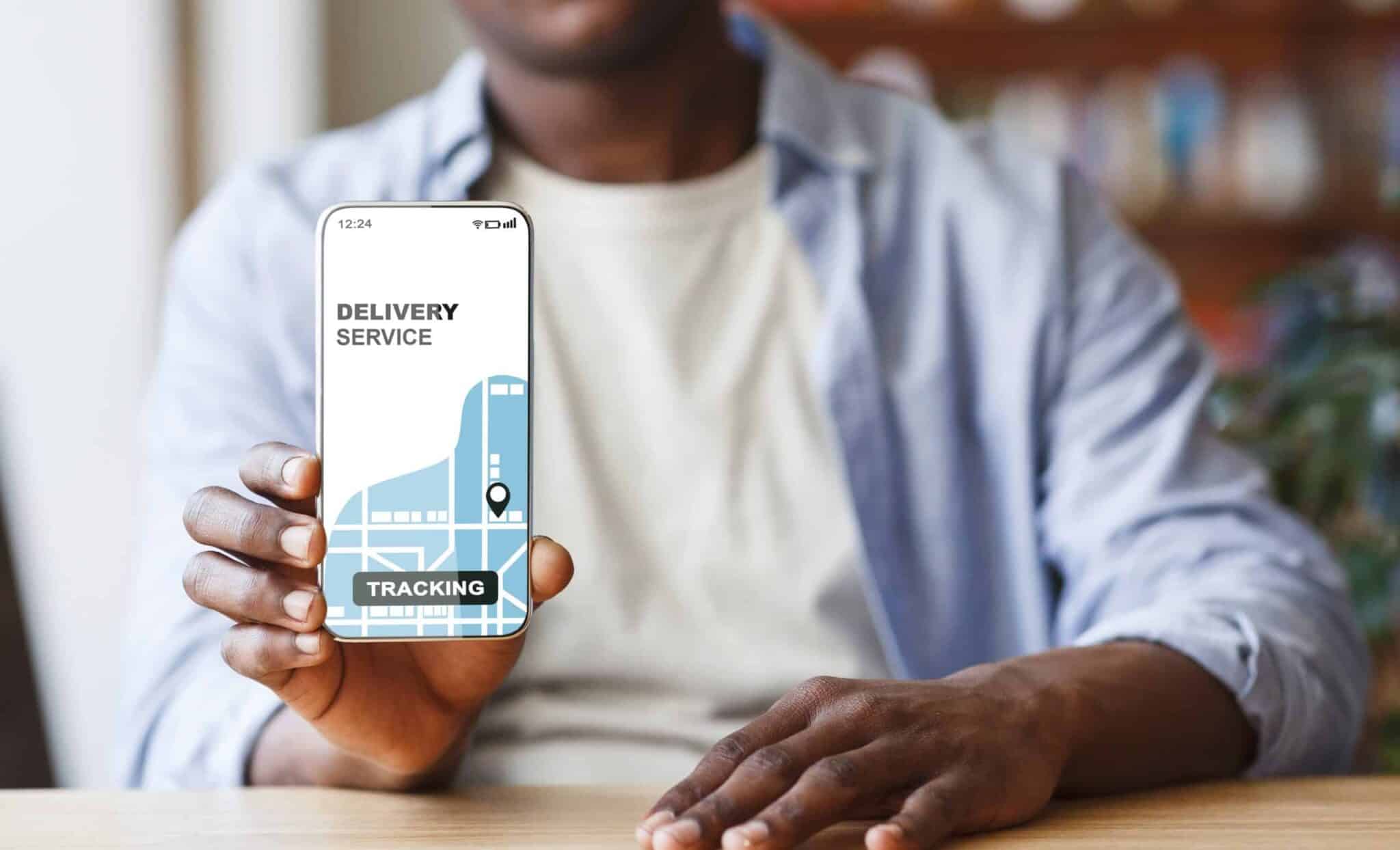by Camille Chin | May 12, 2021
Empowered by product blogs, customer reviews, unboxing videos and more, modern consumers have limitless resources for research prior to buying a product. Equipped with information to ensure shopping satisfaction, consumers have come to expect more from retailers making it challenging for brands to keep up.
Beginning in March 2020, COVID-19 raised the stakes. Contactless payment options, Buy Online, Pickup In Store (BOPIS), Buy Online, Pickup At Curbside (BOPAC), and free and fast deliveries are additional services that customers now demand for easy, safe and pleasant shopping experiences.
In March 2021, Arvind Gupta, President of Jesta. I.S., participated in an episode of enVista’s Chew on This video series hosted by Gene Bornac, enVista’s Chief Strategy Officer. The episode explored evolving customer expectations post-pandemic and the implications for retailers.
Listen to enVista’s Chew On This: Customer Expectations Post-COVID and What That Means for Retailers >>
“The pandemic has accelerated customers’ already elevated expectations when it comes to their shopping journeys,” said Arvind Gupta, President of Jesta I.S. “Customers are increasingly expecting a completely frictionless experience from the time they go online or in a store. From clicking to collecting to returning, they want complete visibility pushed to them through whatever method they prefer: a text message or any other way.”
Gene Bornac, enVista’s Chief Strategy Officer, continued: “As the world shutdown a year ago and we’ve had various degrees of reopening, expectations continue to seem to skyrocket from a customer side. They want things faster, they want things more accurate, they want visibility, and customers seem to have a desire to be totally in control.”
Do they ever. A survey by Digital Commerce 360 revealed that:
- 93% of consumers want to stay informed throughout the delivery process — from in-transit status to final arrival date
- 47% will not order again from a brand with poor delivery visibility
“The pandemic has done a reset and customer expectations are continuously getting recalibrated,” Arvind Gupta said. “It’s not just a one-stop shop — you make the investment and you’re done. You need to keep on the journey of digitization so that you’re able to meet and exceed the expectations continuously.”
“The brick-and-mortar channel is still very much relevant,” he added. “Make an investment into making sure that all the digital experiences you’re looking to deliver online, you plan on delivering the same experience in your physical stores.”
Consider Inditex, for example, the owner of Zara and one of the world’s largest retailers. Inditex plans on spending US$1.4 billion on improving its online services by 2022. Another US$2.4 billion will ensure that stores are well integrated with websites for the real-time tracking of merchandise and fast omnichannel deliveries.
Taking accelerated omnichannel deliveries one step further, some retailers are experimenting with dark stores. Dark stores are brick-and-mortar stores that no longer receive foot traffic. Instead they are transformed into local fulfillment hubs to shorten shipping times, enable faster deliveries and promote a better customer experience with quicker access to goods.
“Customers want to be at the center of the experience,” Gene Bornac said. “They want technology to serve the customers’ goals and customers come back where its frictionless and where people are making an investment to keep them happy.”
To listen to the full chat between Arvind Gupta and Gene Bornac, watch enVista’s Chew on This episode entitled Customer Expectations Post-COVID and What That Means for Retailers.
